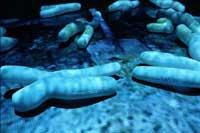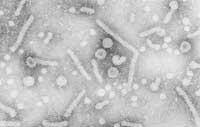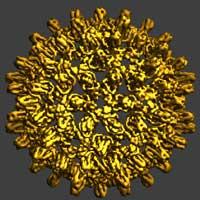Safer gene therapy technique
2002/10/14 Galarraga Aiestaran, Ana - Elhuyar Zientzia
However, this method is not entirely safe, since they inject the gene anywhere in the DNA and can cause the activation of other genes with harmful effects. For example, they had to suspend an investigation that was being carried out in France because the gene introduced anyway activated a nearby oncogene, so the patient developed a leukemia.

Now, in the Center of Medicine of the Standford University of the United States, they have tested another technique of gene therapy. They wanted to overcome the barriers of the technique by virus, so in this new technique no virus is used and the gene is introduced in specific places of DNA.
To achieve this, the technique used by bacteria viruses (bacteriophages) has been copied. Bacteriophages make a protein to introduce their gene into a specific place of the chromosome of the bacteria. This protein is called integrase and researchers have found that in humans there are also these proteins. In addition, once introduced into human cells, together with the therapeutic gene, the gene that encodes integrase, they have shown that it introduces it to human DNA.
The tests have been done not only with human cells, but also with mice, with good results. According to researchers, this technique can be useful to treat diseases of various organs such as skin, retina, blood, muscles and lung. Clinical sessions will soon begin to treat a childhood lethal cutaneous disease (underlying distrogenic squamous epidermolisis), which has already achieved good results in mice.

Gai honi buruzko eduki gehiago
Elhuyarrek garatutako teknologia






